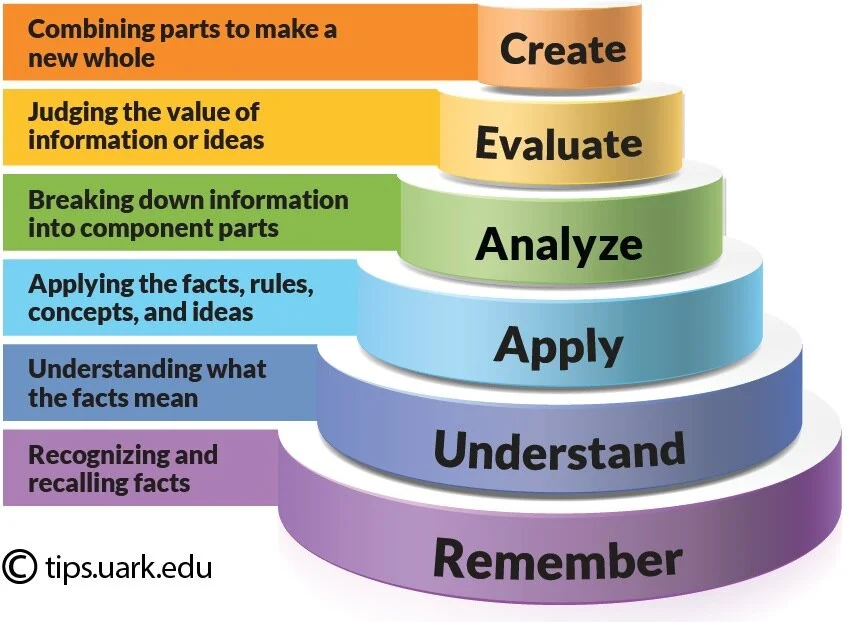
Making Positive Change - Chapter 1
Your Positive Change Project
Kintsugi, or golden joinery, is the ancient Japanese practice of mending broken pottery by reconnecting the fractured pieces with a gold dusted lacquer. Following the process, the piece is not merely repaired, it is healed. The lines of golden lacquer become part of its history and character. Far from eliciting shame or embarrassment, the cracks become a map of its soul.
Kintsugi is a powerful evocation of the potential to change, heal and overcome. Perhaps we can borrow its spirit and apply it to our own lives?
Martin Seligman has long argued that psychology has become pretty good at responding to mental health crises. We see this improvement reflected in schools, colleges and universities, where the availability of counseling and mental health first responder training has significantly increased over the last few years.
However, psychologists like Seligman and Dan Gilbert ultimately conclude that the state of the field of psychology is simply “not good enough”. They warn that we have not spent nearly enough energy researching how to live happier, more fulfilled lives. As a consequence, while we may have improved our response to mental health crises, we’re doing very little to prevent the occurrences of such crises.
This is where the field of positive psychology comes to the fore. Over the last few decades psychologists like Seligman and Gilbert, alongside Doctors Laurie Santos and Tal ben Sahar, have dedicated resources to researching how to be happier.
Take a look at the world around us today. This is a moment of history replete with extraordinary challenges. Can we honestly say that society is preparing young people to thrive in this present, let alone an even more uncertain future?
Exam results are still the number one global indicator of a young person’s success. Let’s think about this for a moment. We still judge young people by a grade. Despite slogans, mottos, mission statements and strategic plans, we simply do not value kindness, self-care, healthy relationships, and emotional wellbeing enough to put them at the centre of education.
Even in schools that advocate wellbeing we often find those wellbeing practices scheduled just once a week or in direct competition with an aggressive, academic culture of results and burn out.
In fact, it has become easy to dismiss wellbeing as a wishy-washy term that means everything and nothing. In reality, promoting wellbeing requires an interconnected, interdisciplinary approach to happiness that we might best define as wholebeing.
Wholebeing can be unpacked in terms of components such as emotional wellbeing, relational wellbeing, intellectual wellbeing, physical wellbeing and spiritual wellbeing. The challenge is clear: if we are serious about raising the level of wellbeing for everyone, we need to rethink and rewire many of our assumptions and daily practices.
The hope of the Positive Change Project is to address these needs by providing high school students, undergraduates, and young people more broadly with insights, tools and techniques developed through decades of positive psychology research.
Our ambition is to help foster a more conscious culture in schools that promotes trust, authenticity, caring, transparency, integrity, systems thinking, growth, and empowerment.
To do so, the programme is presented in five units.
Learning How To Make Positive Change
Building Virtuous Habits
Supporting Happier Relationships
Managing Stressful Times
Remaining Happier
The units have been strategically designed to enable positive change-makers to climb the pyramid of Bloom’s Taxonomy.
There are opportunities in each unit to scale upwards through all the stages in Bloom’s taxonomy. In addition, Blooms taxonomy has been designed into the overall structure of the programme. Unit 1 asks you to scale the first two tiers so as to provide the essential foundation for future learning. Unit two asks you to scale the next two tiers so as to begin the process of applying new skills to your daily life. Units 3 and 4 ask you to scale the final tiers so as to become the authors of your own positive change. Finally, Unit 5 provides the tools to help make your positive change sustainable.
Everyone and anyone is welcome to take this course. You can study it on your own, in groups or through communities such as schools. Indeed, the programme has also been designed to allow schools to adapt it to best fit their context and needs.
Recommended routes include:
Weekly teacher/mentor led sessions of approximately 45-60 mins for the duration of Grade 11/Year 12
Fortnightly teacher/mentor led sessions of approximately 45-60 mins for the duration of Grade 11 and 12/Year 12 and 13
Student self study over the school year
Daily teacher/mentor led micro sessions of approximately 15 mins over the course of two school years
Whichever route fits best in you, your community or your school’s context, it is highly recommended that students receive opportunities to reflect on and revisit many of the units so as to help them to build sustainable habits.
Resources and research used to construct this programme are linked throughout. To explore in more depth the research of positive psychology we recommend Laurie Santos’ The Science of Wellbeing programme available in digested form on Coursera. To explore in more depth the philosophy and literature supporting positive psychology we recommend Tal ben Sahar’s Certificate in Happiness Studies.

